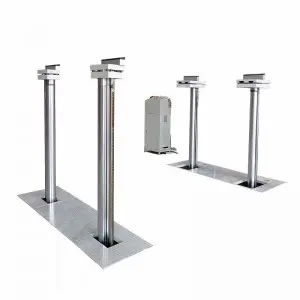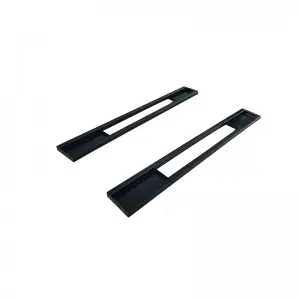[ac series]Discover the Evolution of the AC Series: From its Origins to Modern-Day Innovations
The air conditioning (AC) series has come a long way since its humble beginnings. What started as a simple invention to cool down indoor spaces has evolved into a sophisticated system that offers not only cooling, but also heating, dehumidifying, and air purification functions.

Discover the Evolution of the AC Series: From its Origins to Modern-Day Innovations
The concept of cooling the air indoors dates back to ancient civilizations such as the Romans and the Chinese, who used various methods like using water and wind to create a cooling effect. However, it wasn’t until the early 20th century that the modern air conditioning system was born.
In 1902, Willis Carrier, an engineer from New York, invented the first modern air conditioning system. Carrier’s invention used a series of coils and compressors to control humidity and temperature levels in a printing plant, which helped improve the quality of the paper being produced. This event marked the beginning of the AC series as we know it today.
Over the decades, the AC series has undergone numerous innovations and advancements. One of the key milestones in the evolution of AC systems was the invention of the first window air conditioner in the 1930s. This made air conditioning more accessible to the general public, as it could be easily installed in homes and small spaces.
Another important development in the AC series was the introduction of central air conditioning systems in the 1970s. These systems allowed for cooling multiple rooms or an entire building from a central unit, offering more convenience and efficiency compared to traditional window units.

Discover the Evolution of the AC Series: From its Origins to Modern-Day Innovations
In recent years, the AC series has seen a surge in technological advancements, such as the development of smart air conditioning systems that can be controlled remotely via mobile devices. These systems offer features like energy-saving modes, scheduling capabilities, and real-time monitoring of indoor air quality.

Discover the Evolution of the AC Series: From its Origins to Modern-Day Innovations
Furthermore, the focus on sustainability and energy efficiency has led to the development of eco-friendly AC systems that use refrigerants with lower global warming potential and consume less energy. This not only helps reduce environmental impact but also lowers energy costs for consumers.
Overall, the evolution of the AC series has been driven by a combination of technological advancements, consumer demand for comfort and convenience, and a growing emphasis on environmental sustainability. From its origins in the early 20th century to the modern-day innovations, the AC series continues to play a crucial role in keeping indoor spaces comfortable and healthy for people around the world.car quick lift
